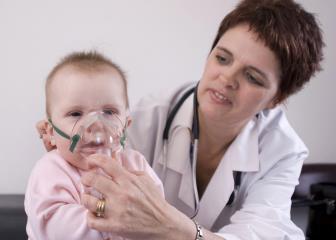Day in the Life:The duties of a neuropsychologist vary depending on their specialties.Some work as only researchers while others study the healthy humans and animals with brain injuries or illnesses. They can also work at a clinical setting where they help assessing and diagnosing the patients. This can be done by observing specific symptoms and using sophisticated technology, such as brain scans. After the the diagnosis, they can recommend a course of treatment that can be therapy, medication, or surgery.
Training:To become a neuropsychologist, it is usually required to have a 4 year bachelors degree in psychology,pre-med, biology, or neuroscience. However, most neuropsychologist don't secure a job until they have received more advanced degrees. Most neuropsychologist start their career with masters degree in neuropsychology and pursue in other fields for a P.h.D.
Salary: $77,500- $80,700
Reference:http://careersinpsychology.org/becoming-a-neuropsychologist/




